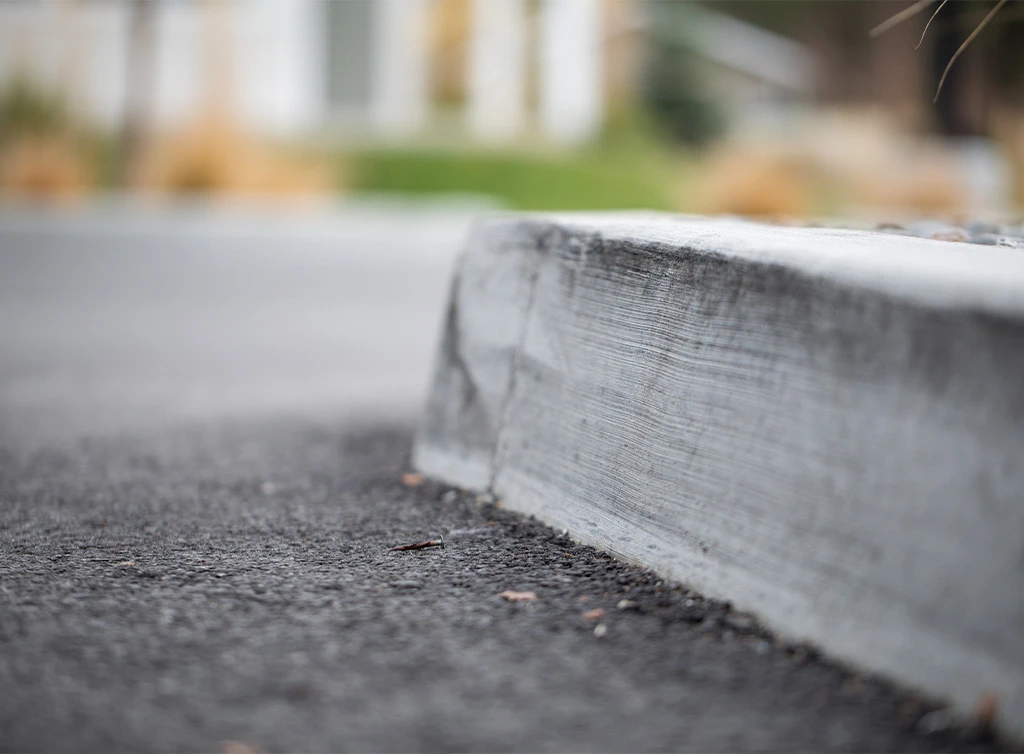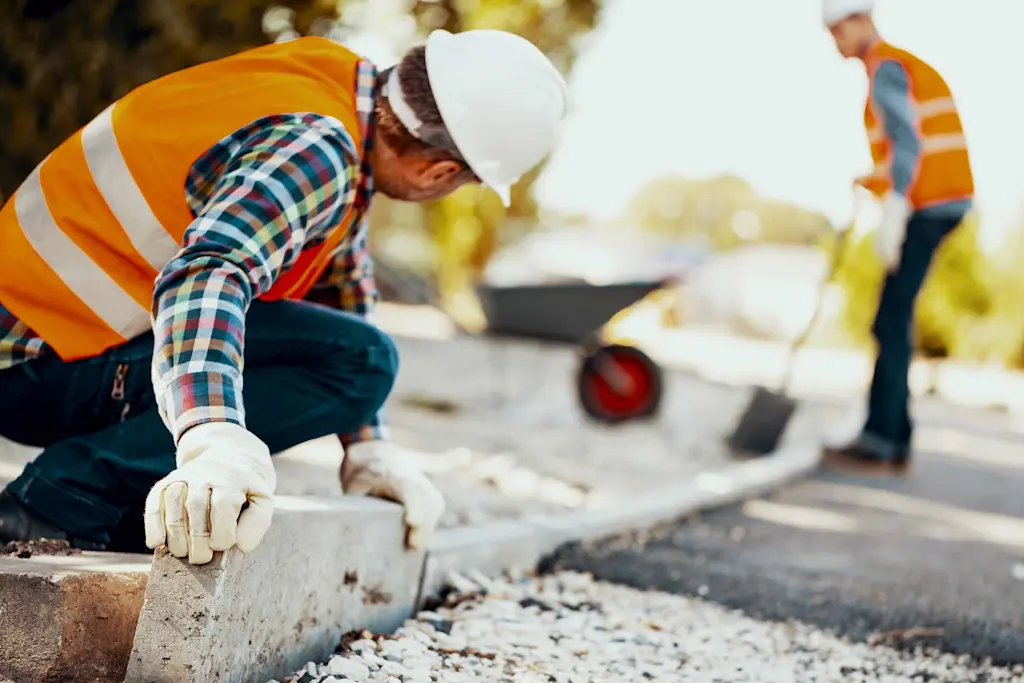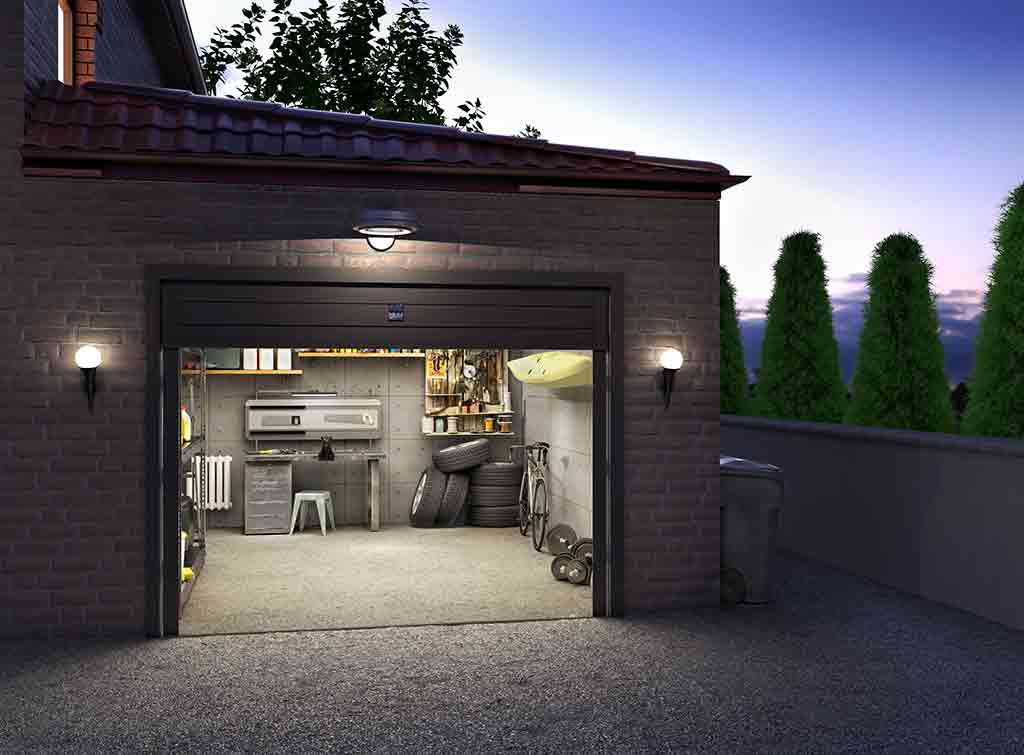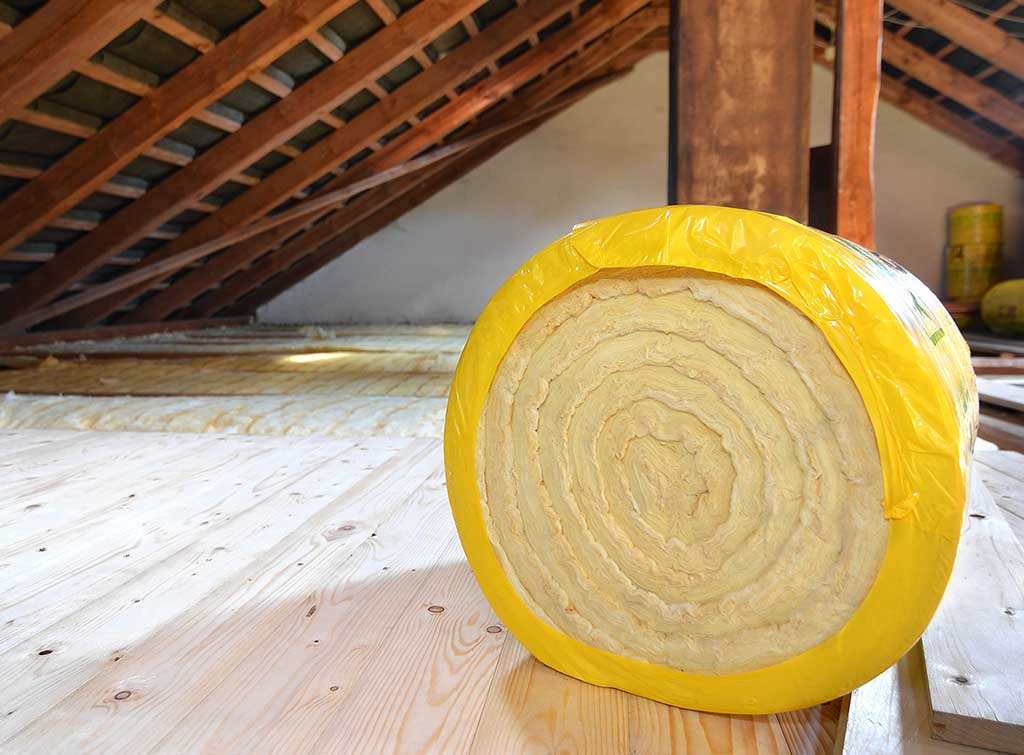Blog>Planning Guides>Planning for a dropped kerb
Last updated: 24 July 2024
Planning for a dropped kerb
Looking to create new off street parking for your home? Then you'll need a dropped kerb. Here's all you need to know about having a dropped kerb installed.

Adding a dropped kerb outside your home is legally required if you're adding off street parking. This is to make sure that pedestrians and the infrastructure under the pavement are protected (plus, it's kinder to your car, too!).
Am I eligible for a dropped kerb?
Dropped kerbs have many benefits, but unfortunately, not all properties are eligible.
You can check your local council's website to see the eligibility criteria for your area. Typically, to be eligible for a dropped kerb, you will need:
The length from your house to where your driveway meets the pavement to be more than 4.8 metres
The driveway to be more than 2.4 metres wide
The driveway to be at a 90 degree angle from the road
The driveway to be at least 10 metres away from a main junction (this distance can often be reduced in low traffic areas)
A dropped kerb is needed when altering an existing driveway or adding a new one. If you are planning a driveway project, take a look at our driveway planning guide for more practical tips and guidance.
Contact your council's planning department for local dropped kerb regulations. If your rented property meets the dropped kerb criteria, you will still need to ask your landlord for permission.
Applying for planning permission
You must apply for planning permission with your local council before starting your dropped kerb project.
Planning permission is needed to make sure there are no issues created for existing road users and pedestrians. Wires, pipes and cables underneath the concrete will also need to be taken into account.
It is important to factor this into your project budget as councils tend to charge between £50 - £250for planning permission.

Planning your project
You must carefully plan your project before you find a tradesperson to create your dropped kerb.
Follow this checklist to help plan your dropped kerb:
Step 1 - Measure your driveway
The first thing you need to do is measure your driveway. If you are installing a new driveway, make sure you have accurate measurements for your project.
If you are widening an existing access point, measure up the required space.
Step 2 - Check eligibility
Now you have all of the necessary measurements, it is time to check if your plans meet your council's dropped kerb criteria.
Visit your local council's website to check your eligibility. You can also find your local planning department's contact details by searching online or using search tools available on the Government website.
Step 3 - Apply for planning permission
The next step is to apply for planning permission. To do this, contact your local planning authority (LPA). Your local council will be able to provide you with the LPA contact details.
Once you have completed your application, you must wait for the LPA's reply.
Step 4 - Site inspection
Adding a dropped kerb involves changing the structure of the pavement and reconstructing the surrounding area. Wires, cables, and street furniture (benches, cablets, etc.) may also need to be moved.
The council will carry out an inspection to assess the full scope of the work required.
Step 5 - Pay planning permission fees
Once the formal inspection has been performed, you will receive a planning permission quote. You must pay this before your project can move to the next stage. You may also need to pay for a street works licence.
Step 6 - Hire contractors
Many councils will only approve planning permission if you use one of their pre-approved contractors for the work. This is not always the case, and it is best to check before hiring a tradesperson.
If you do not need to use council contractors, the next step if to find reputable tradespeople near you.
When collecting quotes, make sure to ask about waste removal fees, hourly rates and any other additional costs.
Find a highly rated tradesperson near you today by entering your postcode below.
See the tradespeople we've checked and recommend for your job
How much does a dropped kerb cost?
The average price for a kerb drop project is £1,800, but costs can vary significantly. The following factors will influence the price of the work:
Your location -All councils have their own unique kerb drop prices. You will need planning permission to alter the pavement, and councils charge an average of £50 - £250 for this
Number of kerbs -The more kerbs that need to be dropped, the higher your project fee. Dropping two kerbs has an average cost of £100 for materials and £250 for labour. These fees increase to£270 and £625 for five kerbs
Project complexity - Labour intensive projects cost more than a simple kerb drop. Driveway conversions and switching to cobblestones often have higher planning application fees, for example
Additional work needed - Fees will be higher if utility, services and third party wires need to be altered to accommodate your project. For example, your project may be more expensive if there is a phone box close to the kerbstones being reconstructed
Street works licence -Most dropped kerb projects require a street works licence to be purchased before work begins. This costs an average of £430
We recommend contacting your local council for current planning permission prices.
Take a look at our dropped kerb cost guide for more information.
Hiring a professional for your dropped kerb project
Dropping a kerb involves more work than you might think. It takes more than just removing some concrete to alter a pavement safely.
Councils will often suggest a list of contractors for your project. You can also find tradespeople on Checkatrade.
You’ll only find trades who meet our high standards and pass our checks on Checkatrade. We’re so confident in the quality of the trades on Checkatrade that if you book through us, we guarantee their work up to £1,000*. Guaranteed for 12 months – Eligibility and T&Cs apply.
See the tradespeople we've checked and recommend for your job
FAQs
What are the benefits of a dropped kerb?
The benefits of a dropped kerb include improved access to your drive, improved kerb appeal (pun intended) and less potential damage for your car's tyres and suspension.
What are the different types of dropped kerb?
There are two different types of dropped kerb: creating a new pavement crossing point, or creating/widening an access point for vehicles.
See the tradespeople we've checked and recommend for your job


